How to Clean a Washing Machine: Deep Cleaning & Maintenance Tips for a Fresh Laundry Routine
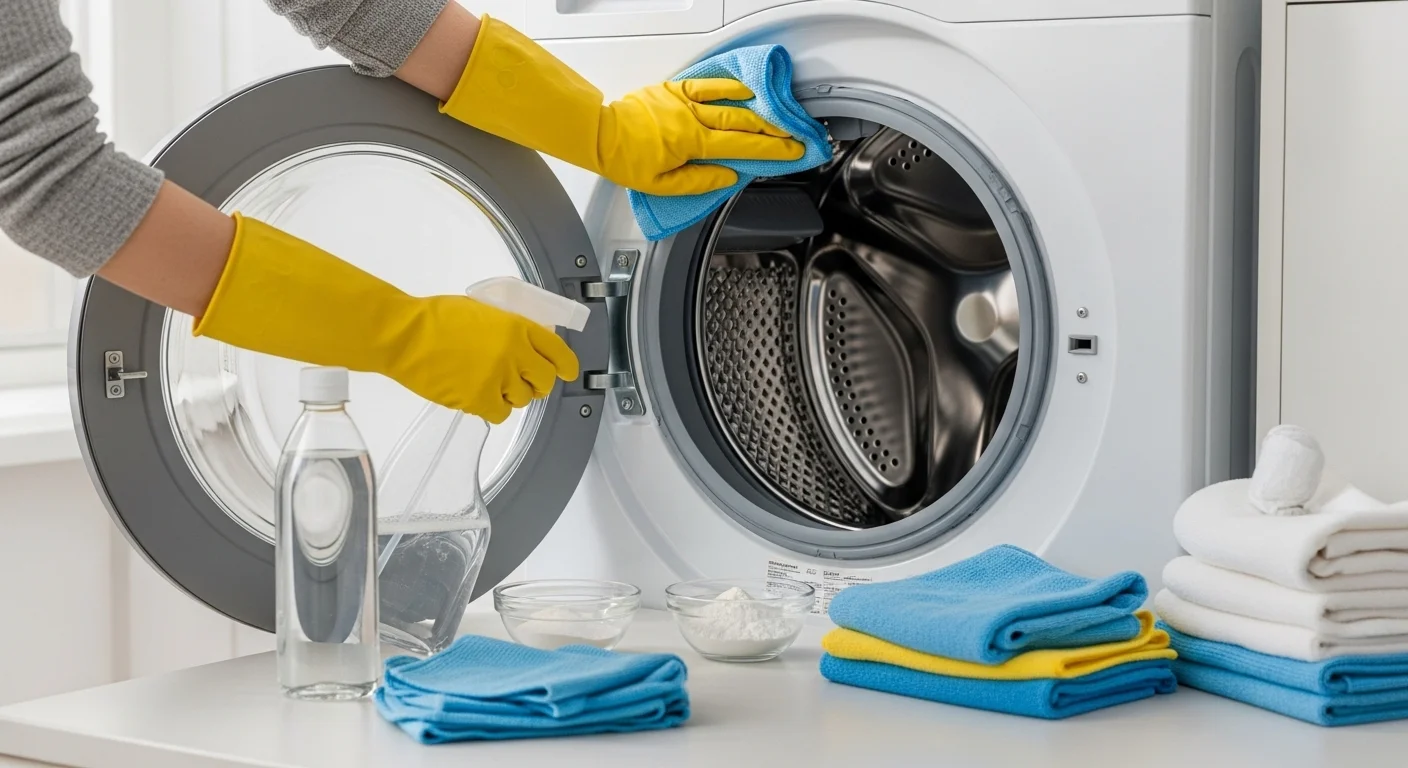
We expect our washing machines to keep our clothes spotless — yet many forget that the machine itself also needs cleaning. Over time, detergent residue, lint, and hard water minerals build up, causing musty smells and dull laundry results. Knowing how to clean a washing machine ensures it stays efficient, odor-free, and hygienic for every wash.
Whether you own a front-load or top-load machine, regular cleaning prevents mold and grime from forming in hidden areas. A monthly deep clean is a small step that makes a big difference in performance, longevity, and freshness. Think of it as part of your regular home appliance care routine — a few easy habits that protect your investment and keep your laundry experience pleasant.
Let’s go through an easy, step-by-step guide for a spotless, fresh-smelling machine, using both natural and effective cleaning methods.
1. Empty the Drum and Check the Seal
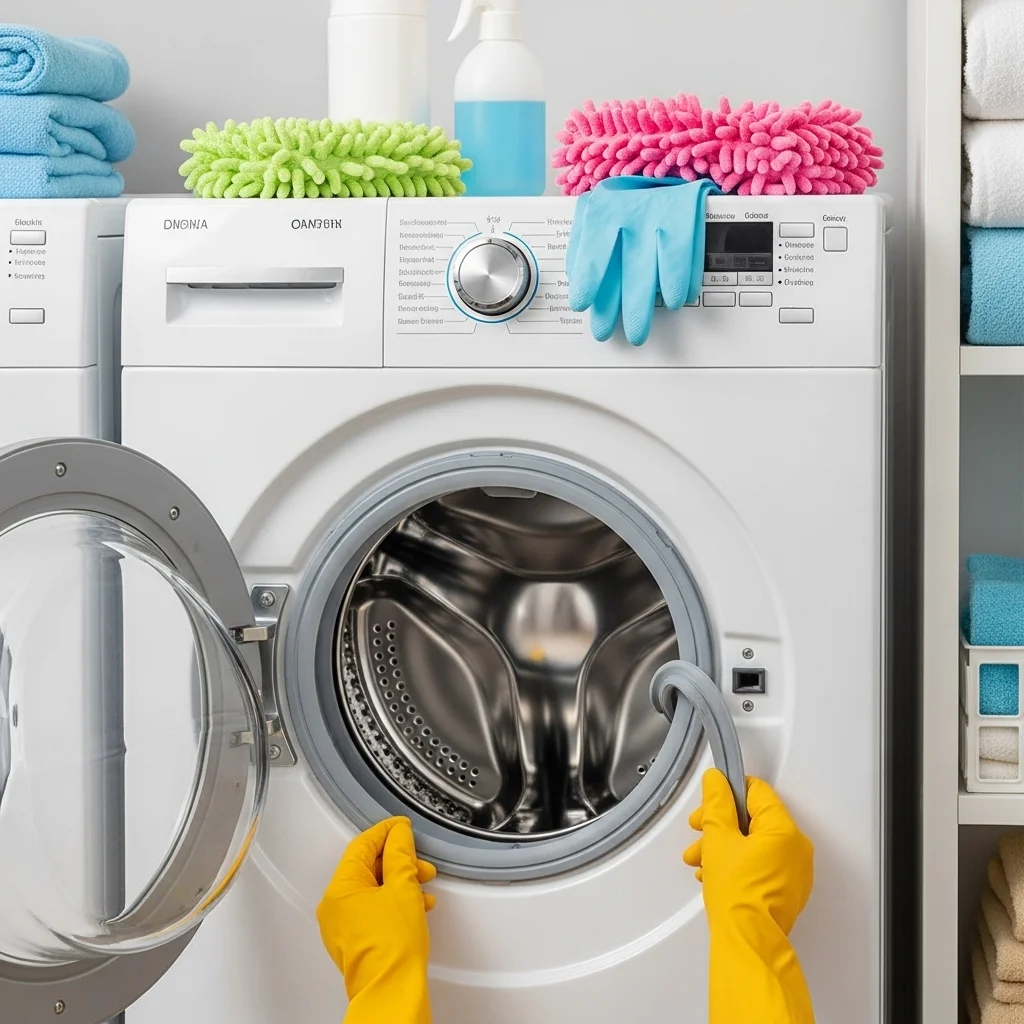
Before starting any deep cleaning washing machine routine, remove all clothes and inspect the rubber door seal (especially in front-loaders). This area traps lint, detergent residue, and sometimes even forgotten coins or hair.
Wipe the seal thoroughly with a damp microfiber cloth dipped in a mild detergent or vinegar solution. Cleaning this small area first helps prevent odor and bacterial buildup — one of the most important washing machine maintenance tips for long-term freshness.
2. Use a Vinegar Wash Cycle

For a natural, chemical-free clean, pour two cups of white vinegar directly into the detergent drawer or drum. Run a hot water cycle with no laundry inside. Vinegar acts as a natural disinfectant that dissolves detergent residue and kills odor-causing bacteria.
This step is perfect for anyone who prefers natural cleaning solutions that are safe, eco-friendly, and budget-friendly. Vinegar also helps break down limescale in hard water areas, restoring your machine’s internal shine.
3. Scrub the Detergent Drawer
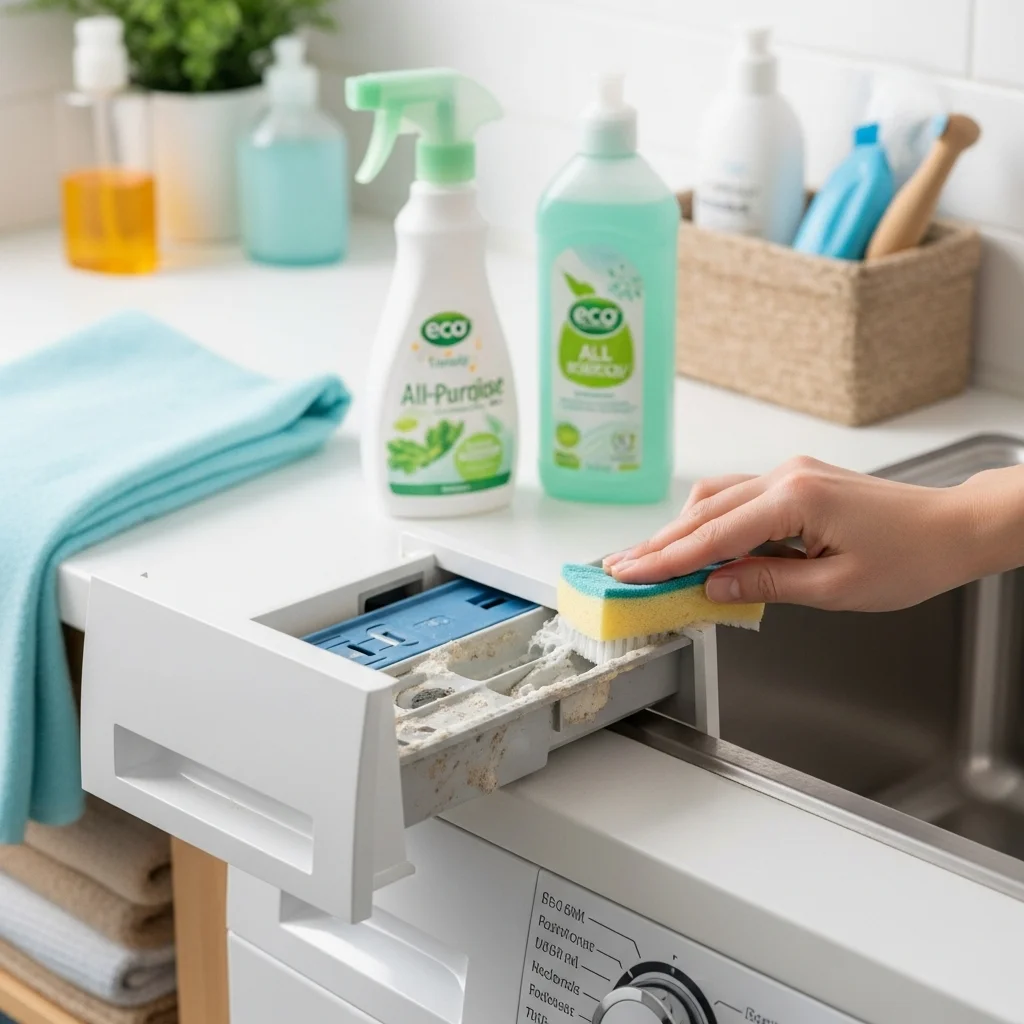
Remove the detergent drawer completely — many people overlook this crucial part. Soak it in warm water mixed with dish soap for about 15 minutes, then scrub with an old toothbrush to remove grime buildup.
Rinse well and dry before reinserting. This simple cleaning step ensures detergent flows freely during cycles, improving wash performance. It’s one of those overlooked washing machine maintenance tips that makes a noticeable difference.
4. Clean the Drum with Baking Soda

After the vinegar cycle, sprinkle half a cup of baking soda directly inside the drum and run another hot cycle. Baking soda deodorizes and gently scrubs away stubborn residues. Together, vinegar and baking soda form a powerhouse combo for removing lingering smells.
This method works wonders for those looking to remove odor from washing machine interiors — your appliance will smell fresh and look almost new again.
5. Clean the Filter and Drain Pump
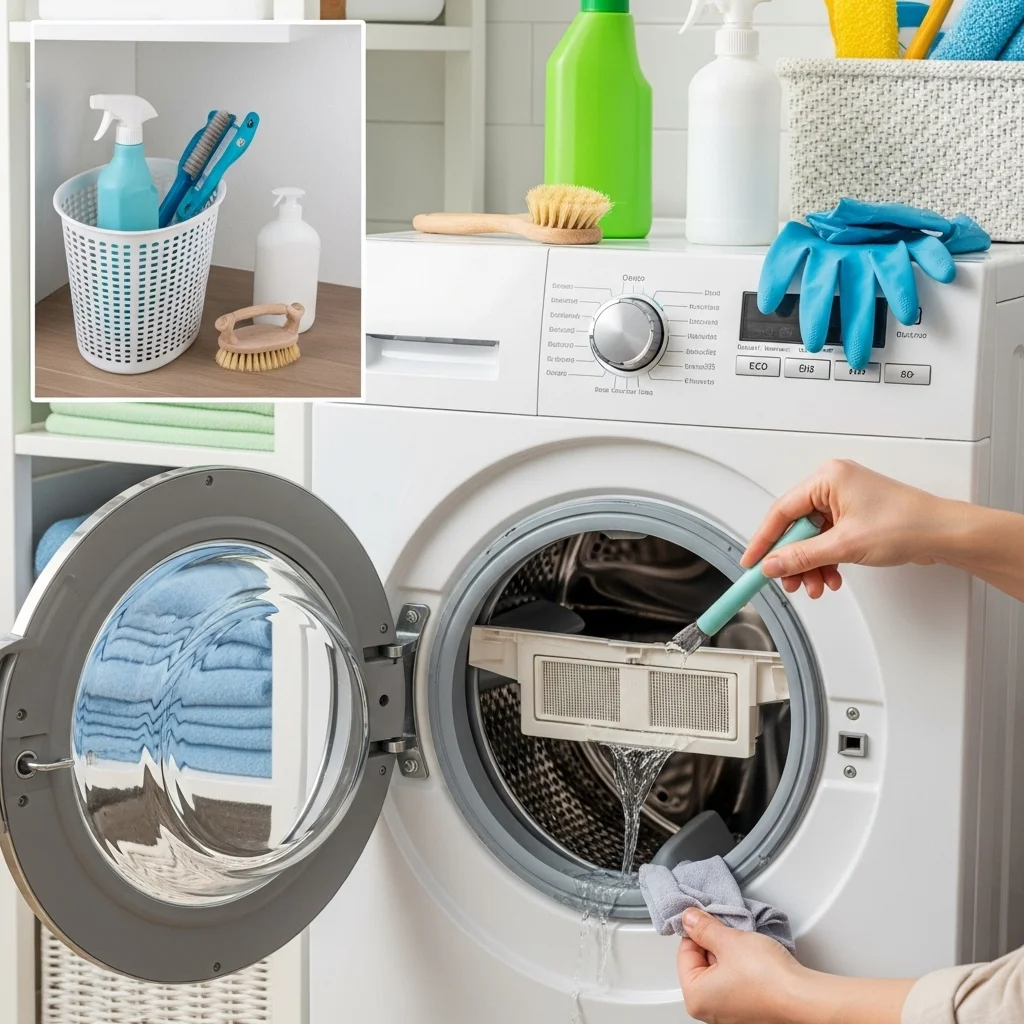
The filter (usually at the bottom front of the machine) traps lint and small objects. Unscrew it carefully, place a towel underneath to catch excess water, and rinse the filter under warm water.
Keeping the filter clear prevents drainage issues and odors. This quick 5-minute task is an essential part of home appliance care, ensuring your washer runs efficiently every time.
6. Wipe Down the Door and Exterior
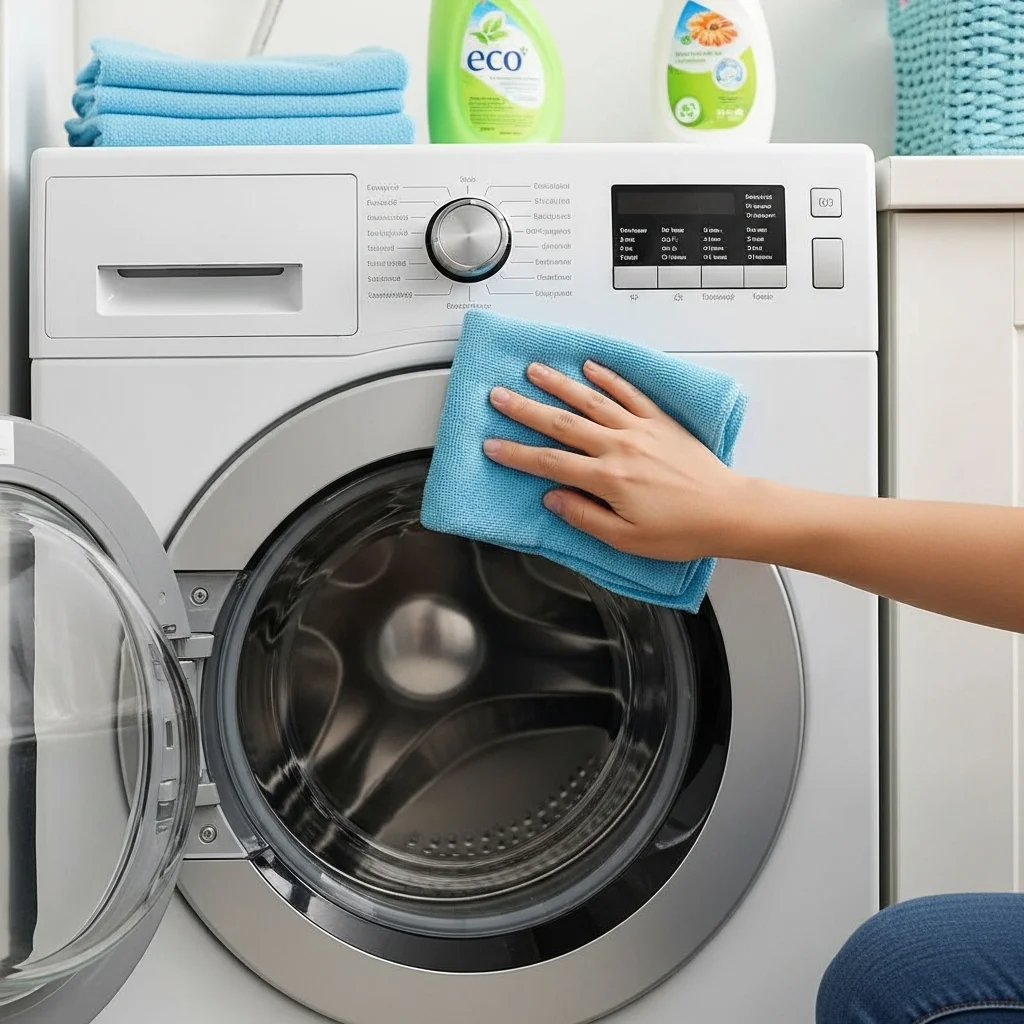
Use a soft cloth and a vinegar-water mix to wipe the door glass, buttons, and exterior surfaces. Avoid abrasive cleaners that can scratch finishes. Pay extra attention to door edges and control panels, where dust tends to gather.
Maintaining the outer appearance of your machine adds to its overall hygiene and helps spot leaks or rust early.
Read also. 25 Bathroom-Laundry Combos Before
7. Leave the Door Open After Each Use

After every wash, leave the door or lid open to allow airflow and prevent mold growth. Moisture trapped inside leads to mildew and that “gym sock” smell many people complain about.
This simple habit prevents buildup and supports your overall deep cleaning washing machine efforts — plus, it costs nothing but makes all the difference.
8. Run a Monthly Maintenance Cycle

To keep your washer consistently clean, schedule a maintenance cycle once a month. Use a mix of vinegar and baking soda or a store-bought washing machine cleaner.
Running this empty hot cycle removes residue before it accumulates, extending the machine’s life. Following such regular washing machine maintenance tips ensures smooth, efficient performance for years.
9. Use the Right Detergent and Amount
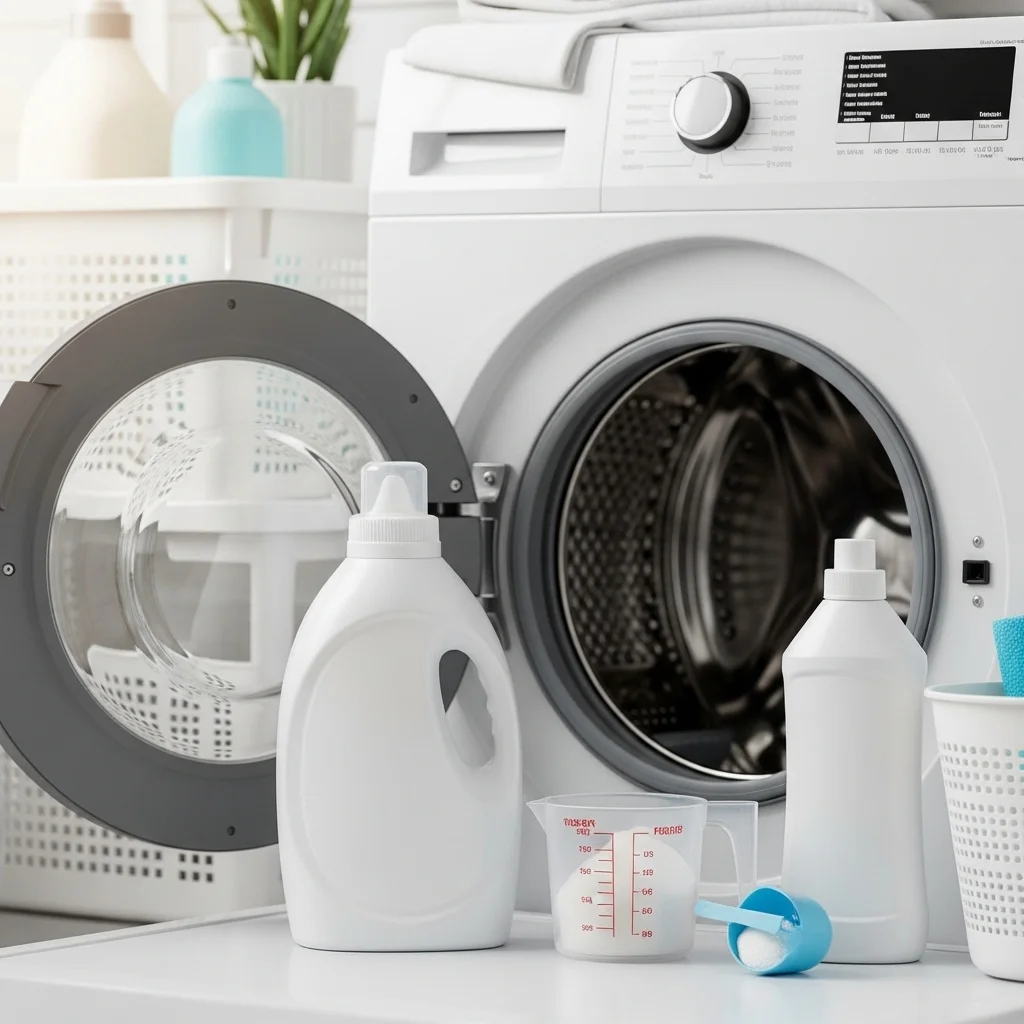
Excess detergent doesn’t equal cleaner clothes — it leads to buildup and bacteria growth. Always use high-efficiency (HE) detergent for HE machines and measure carefully according to load size.
Using the right detergent and amount reduces scum and makes your cleaning routine easier. It’s a proactive step in effective home appliance care, minimizing future cleaning work.
10. Tackle Stubborn Smells Naturally

If your washer still smells musty after a deep clean, run a cycle with a mixture of vinegar and lemon juice. The citric acid cuts through residue while leaving behind a light, clean scent.
For extra freshness, add a few drops of essential oils like lavender or eucalyptus during the rinse cycle. These natural deodorizing steps make your remove odor from washing machine routine simple and effective.
11. Check Water Hoses Regularly
Inspect water inlet hoses every few months for kinks, cracks, or mineral buildup. Damaged hoses can cause slow filling or leaks. Replace them every 3–5 years or sooner if you notice wear.
Regular inspection is one of those washing machine maintenance tips that prevents unexpected breakdowns and water damage.
12. Avoid Overloading the Machine

Overstuffing the drum strains the motor and prevents water and detergent from circulating properly. This not only impacts cleaning performance but also increases residue buildup inside the tub.
Give clothes enough space to move freely. Proper loading supports efficiency and fits perfectly into your deep cleaning washing machine checklist for preventive care.
13. Use Hot Water Periodically
Even if you wash mostly in cold water, running an occasional hot cycle helps kill bacteria and dissolve hidden residues. It’s a simple yet powerful trick that restores freshness inside the drum.
Hot water combined with vinegar or baking soda deepens your cleanse, maintaining hygiene across all wash types.
14. Clean the Rubber Seal Frequently
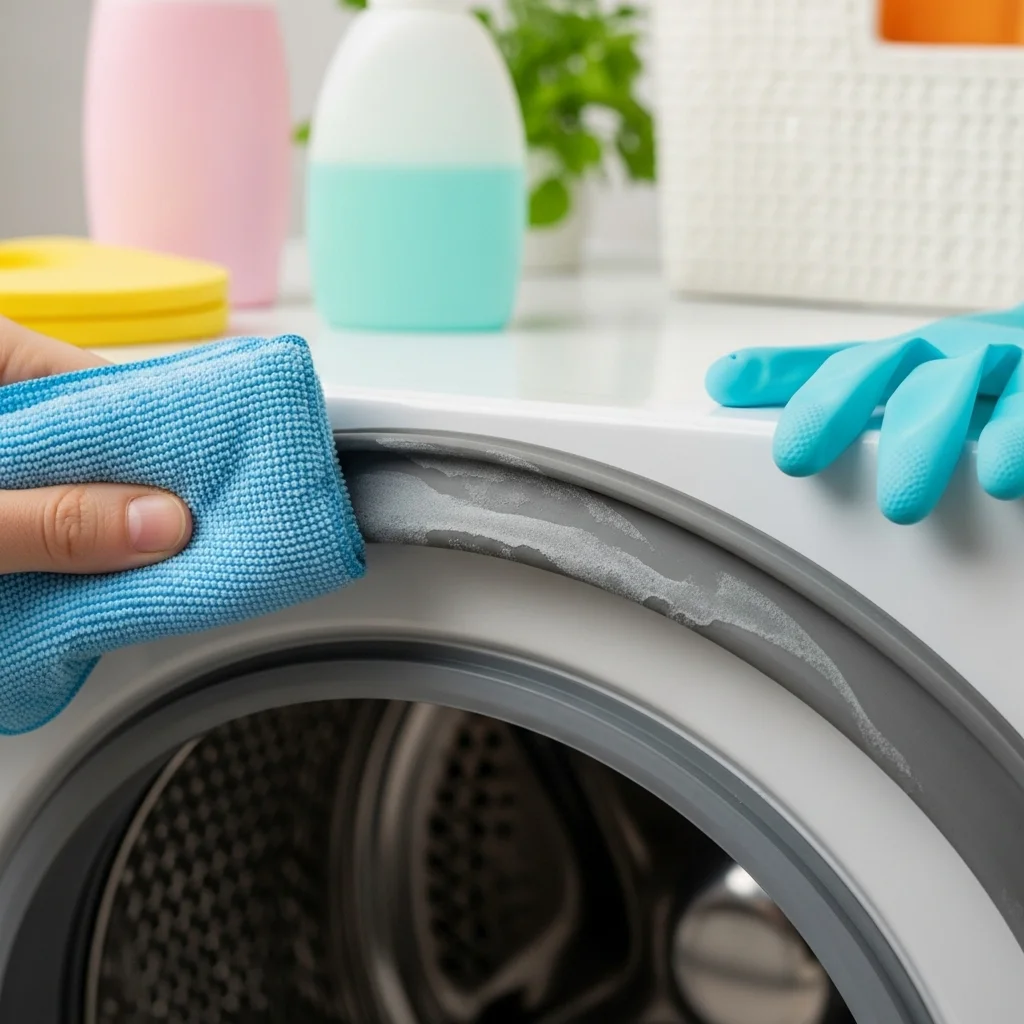
Front-load machines especially benefit from regular seal maintenance. Wipe it weekly with a mix of vinegar and warm water to remove mold spores. For stubborn spots, let the solution sit for five minutes before wiping again.
A clean seal not only improves hygiene but also ensures your remove odor from washing machine routine stays effective long-term.
15. Keep a Cleaning Schedule
Mark a reminder in your calendar or set a phone alert once a month for your washing machine cleaning routine. Consistency is the secret to long-term performance.
Following a routine maintains freshness, prevents clogs, and extends your washer’s life — the foundation of smart home appliance care for every household.
Final Thoughts
Knowing how to clean a washing machine is the simplest way to guarantee fresh laundry, efficient performance, and fewer repairs. Regular deep cleaning, mindful detergent use, and good ventilation work together to keep your washer spotless inside and out.
By incorporating these washing machine maintenance tips, you’ll not only remove odors and buildup but also save energy and extend your machine’s life. Clean clothes start with a clean machine — and a little monthly care goes a very long way.





